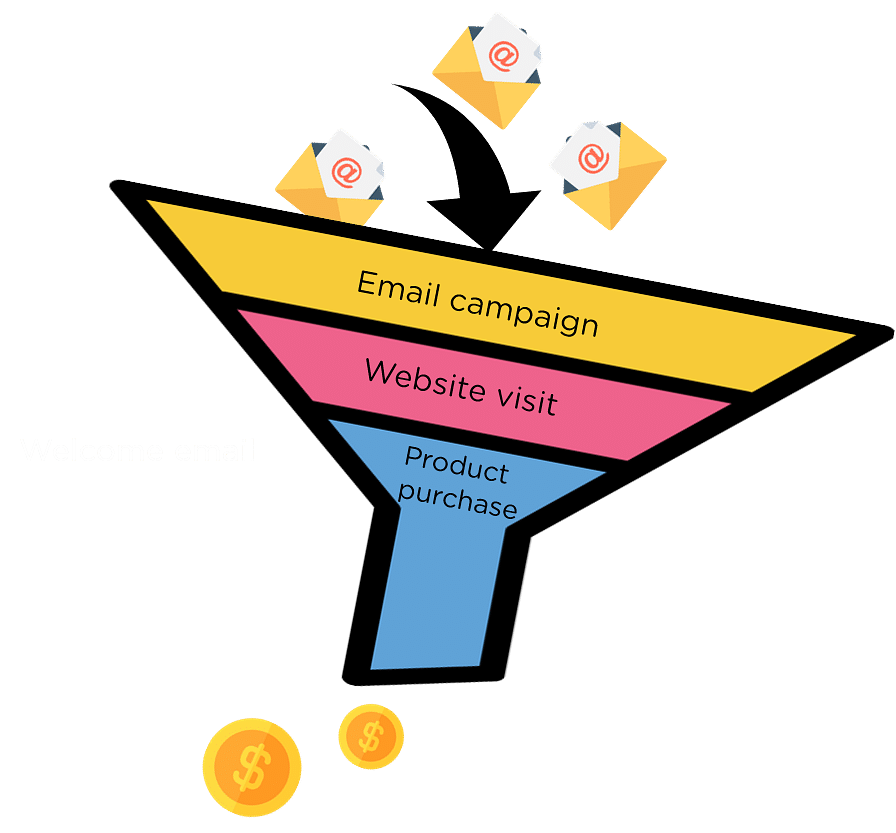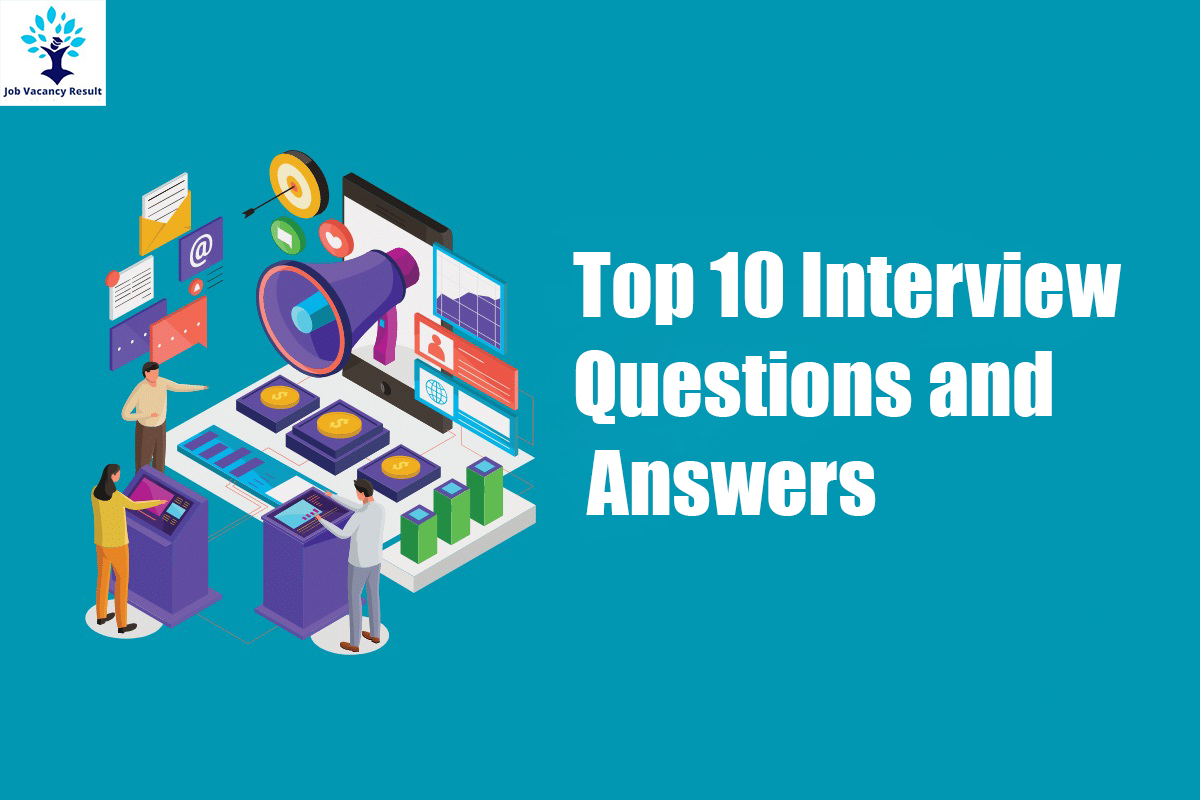Digital Marketing Interview Questions for Email Marketing
1. What are the key differences between hard and soft bounce emails?
Soft Bounce: This shows that the email had reached the recipient’s email server but bounced back for some reason. The reason can be the following:
- Being blocked by the recipient
- The recipient’s inbox is full
- The recipient’s server is down
Hard Bounce: A hard bounce happens when the email has been permanently blocked. Some reasons can be:
- The recipient’s email address is invalid
- Your reply-to-address is blacklisted
Fun Fact: Email marketing has an ROI of $36 for every $1 spent, making it one of the most cost-effective digital marketing strategies! 📧 (Source: Litmus)
Learn All the Tricks of the Marketing Trade
Purdue PG Digital Marketing ProgramExplore Course

2. What would you do to improve the Click-through-rate of your email?
- Create an interesting subject line
- Using the preview text effectively
- Making your emails mobile-friendly
- Creating engaging email content
- Segmenting and personalizing your emails
- Making your emails visually appealing and including relevant images
- Placing the CTA where it’s easily visible to visitors
- A/B Testing your emails
3. How to inform your customers about company news and establish a relationship with them?

One of the best ways to do this is with newsletters. Some of the best ways to create a newsletter email are:
- Creating a newsletter with 90% educational content and 10% promotional content
- Creating an interesting subject line
- Using the right email template
- Using compelling images
- Adding a clear CTA
- Including your contact information in the newsletter

4. Define the following metrics – Open Rate, Click-through Rate, Response Rate, and Forward Rate.
- Open Rate: It is the percentage of the total number of recipients who opened an email campaign. Open rate = Emails opened/Emails sent – Emails bounced
- CTR: It is the percentage of recipients that have clicked on your CTA.
- CTR = Number of click-throughs/Number of delivered emails
- Response Rate: The percentage of total recipients who clicked on your email campaign link and completed an action.
- Response rate = No. of actions taken/No. of emails delivered
- Forward Rate: This refers to the rate at which your subscribers share your emails with others.
- Forward Rate = No. of clicks on a share/No. of total delivered emails * 100
5. How to recapture inactive customers?

- Re-engaging subscribers with gamification
- Opting for interesting subject lines
- Running polls or competitions to re-engage with users
- Personalizing your emails
- Providing an attractive email design
- Following a consistent schedule
- Asking for customer feedback
Have you got any doubts about this article about digital marketing interview questions? Leave a comment below!
Learn Core Digital Marketing Skills and Tools
And Launch Your Career With Our Unique ProgramExplore Program

6. What are different ways to segment buyer personas?
- Geographic segmentation: With this, you can target your audience based on your geographic details like city, state, country, and continent
- Demographic segmentation: We can segment the audience based on age, education, income, gender, occupation, nationality, and much more
- Behavioral segmentation: It segments the audience based on their behavior and decision-making patterns such as purchase, online activity, search history, and much more
Learn GenAI and ChatGPT to Ace Your Marketing Game
PGP In Digital Marketing With Purdue UniversityExplore Program

7. How would you drive repeat customers through email marketing for this scenario?
Driving engagement for an audience based on:
Age: 20-30
Gender: Female
Product: Footwear

8. What is A/B Testing and give some examples of A/B Testing?

A/B testing is a method to analyze the two email campaigns to determine which are more effective in terms of high open rates and click rates.
Some of the variables that can be tested are:
- Subject line (Example: “50% off on clothes” vs. “Discounts on clothes”)
- Email design (such as font, font color, email content size, etc.)
- Personalization (Example: “Mr. Park” vs. “Park”)
- Preview text
- Images
- CTA (For example: “Shop Now!” vs. “Buy Now”)
- Exclusive offer (Example: “Save 10%” vs. “Get free shipping”)
9. How to prevent an email from getting into spam?

- Improve your open rate by creating compelling subject lines and segmenting your audience
- Always include a “from” name
- Checking if you’ve added an “Unsubscribe” link
- Optimizing emails for different devices
- Optimizing your images for email
- Preferring more text and fewer images
- Avoiding grammatical errors
10. What are the best practices for email subject lines?
- Including a number in your subject line
- Including an emoji in your subject line
- Personalizing subject lines for better open rates
- Opting for title case subject lines
- Watching the length of your subject line
- Developing a sense of urgency
- Avoiding grammatical mistakes
Next up in this digital marketing interview questions article, let’s cover questions related to Social Media Marketing.


Leave a Reply